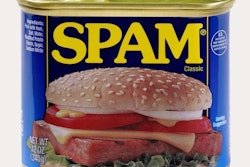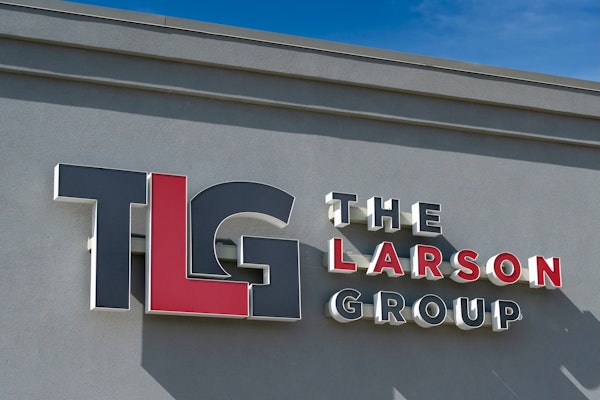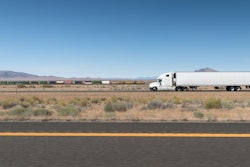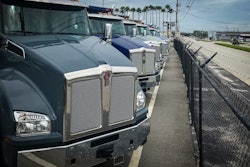Creating a customer loyalty program requires research, development and, most of all, patience. A loyalty program isn’t built in a day.
For an aftermarket business looking to build a loyalty program, Marx says it’s a good idea to first ask for help.
Professional consultants can advise on all areas of a loyalty program: operating structure; data collection; rewards opportunities and marketing.
They can start a business on the right track and keep them there through to implementation.
“If you haven’t built a loyalty program before it can be difficult to do it. You have to be able to build something that will last for a great period of time,” he says.
Once a business connects with an advisor it can begin building its program.
Marx says the first steps toward a great program involve answering a few more key questions: Who do you want involved in the program? What do you want to give them?
A perception of value may entice customers to join a new loyalty program, but without clear answers to those questions — which double as the true value for members — Marx says customers won’t stick around.
Goals must be concise and clearly defined.
Such is the case at Alliance Truck Parts.
“The goal of [our] program is to build even stronger relationships with customers by helping them save on parts and service, including Alliance Truck Parts and original equipment parts,” says Catherine Auckland, director of aftermarket marketing at Daimler Trucks North America (DTNA).
Auckland was among the leaders at DTNA during the rollout of the Alliance’s “Truck Bucks” reward program last spring. With a clear focus on the two questions above, Alliance has enrolled more than 114,000 customers into its loyalty program in 11 months “with more signing up every day.”
“[DTNA] focuses on creating customer value through its product and service offerings by providing customers with the lowest total cost of ownership and the best performance in the market,” says Auckland. “We know that our customers, many of which are owner-operators and small fleets, have a lot of options for parts and service.
“The Truck Bucks program allows us to share special offers on the products and service they need most.”
But loyalty programs are not designed exclusively to benefit customers. A good program benefits both sides, and answers the question “What do you want in return?” for the supplier as well as the previous questions for the customer.
That answer can be found in the customer’s commitment through the new program.
Customer loyalty means an enhanced relationship as well as increased sales. It allows a supplier to become a partner.
Marx uses airline loyalty programs as an example.
While an unaffiliated flyer may choose the cheapest seat available for a trip, a long-time frequent flyer is much more likely to choose the best rate available on their preferred airline. And when a customer values its relationship with a supplier more than price, Marx says that’s when loyalty programs thrive. At Alliance, Auckland says Truck
Bucks “offers incentives directly aligned with the value that DTNA’s powerful retail network provides, which includes truck parts and service second to none.”
Marx says unveiling an unfocused loyalty program can be disastrous, but adds that sometimes even a well-designed program will stumble out of the blocks.
In these situations it’s acceptable to step in and make changes. Though Marx advises against a complete program overhaul unless it is absolutely necessary.
Similar to pre-rollout planning, program updates and changes should be carefully strategized before implementation. Beta testing also offers another method for confirming updates before making full-scale changes.
Together, this gives a fledgling loyalty program its best chance at long-term success.
“A good loyalty program enhances your personality and your brand. It makes you stand out against your competitors,” he says.
Conversely, “If one of your competitors has a loyalty program and you do not, it’s going to be really hard to get [those customers] to come to your business for anything.”









